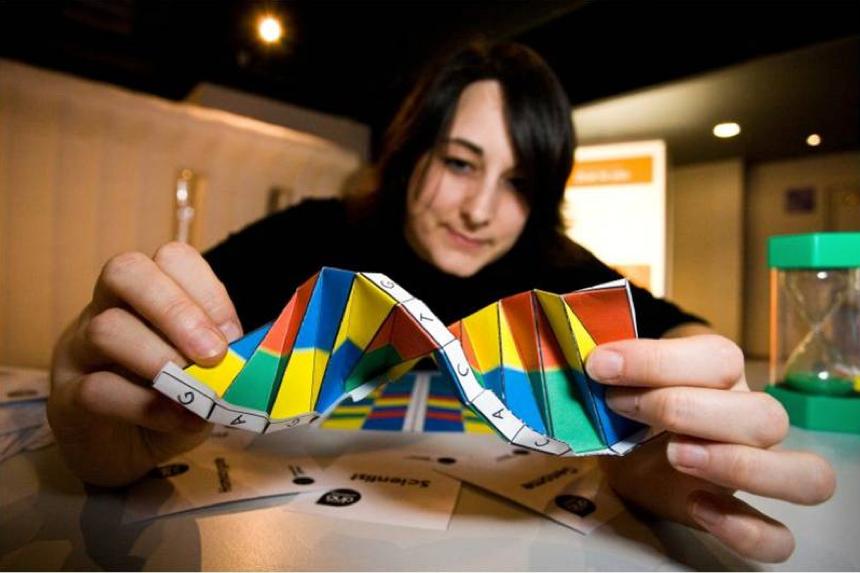First Detection of Gravitational Waves
By Paige Copenhaver On February 11th, scientists from the Laser Interferometer Gravitational Wave Observatory (LIGO) announced the first ever detection of gravitational waves. Analogous to ripples caused by throwing a rock into a pond, gravitational waves are ripples in the fabric of spacetime caused by the acceleration of massive objects in space. The collision of


